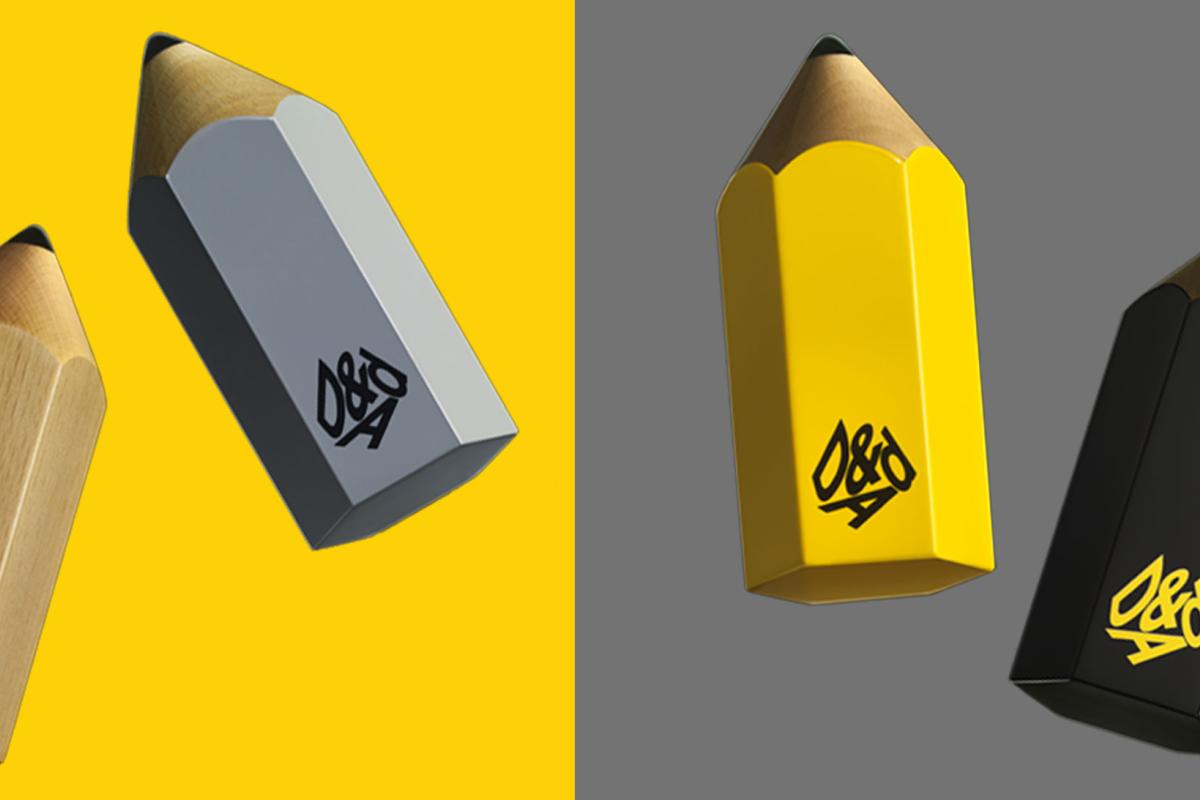As ever, the 2018 D&AD Festival had an incredible array of fantastic creative work. However, this year the Festival organisers also gave a mic to a new breed of creative thinkers – the side hustlers.
It is no secret that many creatives struggle to fully explore their passions within the current landscape of transforming agencies, and students increasingly struggle to get a foot in the door to the creative industries. This has led them to start looking for creative opportunities outside of the traditional industry model and taking some of the world’s challenges into their own hands through a ‘side hustle’.
Put simply, these are the projects a creative invests personal time into. Where motivation comes from an individual’s passion and they are free from the structures and processes of their ‘day job’. Side hustles have been on the rise in recent years, partly fuelled by cheaper, digital opportunities to bring a creative product to market, partly through a growing unease with the ‘business as usual’ culture within many large agencies.
This trend is important for agencies to understand as well as individuals. While individuals should consider how these creative outlets can improve their personal network and keep them sharp, agencies need to embrace the benefits of a broader pool of experience among their workforce. In order to capitalise on these benefits however, agencies need to nurture and support their talent to explore their passions through side hustles.
When I realised the advertising business model was broken, I set out to help increase the value of creativity. I have been running a Workshop & Journal series on the side of my day job since 2015. I was invited to speak about this side hustle, CreativeAdventur.es, on the first day of the D&AD Festival and Issue 1 of the Journal featured in the Festival bookshop. (You never know where your side hustle will lead you!)
During my talk ‘Business Acumen for Creatives’ I shared 8 key points on the topic of side hustles with the D&AD audience. Three of these are highlighted below:
1 - Become time rich
The most important asset to manage as a creative person is your time. We must all figure out ways to become time rich. We live in an era of mass distraction, poor attention spans and a feeling of never having enough time to organise anything. My solution has been the Bullet Journal, an analogue systematic tool where you have a diary of your life. You start with an index which helps you organise your personal occasions, day projects, side projects, travel logs, reading / podcast lists and future goals - all sit in one book throughout the year. As Andy McNab said, you have to “plot the hurdles & jump them one by one”.
2 - Learn new ways
We must embrace new ways of working. Business, culture and the economy are rapidly changing due to exciting technologies and as creatives we must change with it and expand our skillsets in order to be at the forefront to express what’s coming next. The medium in which we work in is evolving... from long films to 30” TV spots, from online films to social content, and now towards mixed reality to AI storytelling. It’s our responsibility as smart agency people to put a strong creative lens on all of these. Learning and harnessing these new ways of working in your day job becomes a life-line for your side-hustle.
3 - Know what you want
This final point seems obvious, but it’s easily forgotten or confused. You should have a clear, simple idea in mind before you start. This is to keep you motivated, aware of any costs that affect the setup, and to give you / any third-party helpers a strong sense of direction. Keep asking yourself the question ‘what do I want to achieve?’ We’re all different so what you want might seem odd to someone else. A good example is a story from Paul Arden’s ‘It’s not how good you are it’s how good you want to be’ – as a teenager Victoria Beckham was asked what she wanted to be, her response was ‘I want to be as famous as Persil automatic.’ Her vision and imagination probably got her to where she is today. It didn’t really matter that she couldn’t sing or even dance that well in the Spice Girls, she had a different goal.
Creative output is not as single-minded as it once was. Many in the industry have called for ‘diversity of people’, I would also call the need for ‘diversity of mindset.’ Creative entrepreneurs need to feel welcome in the industry and liberated to deliver passion projects, even if they are working 9 – 5 jobs. Forward-thinking companies with creativity at their core will support their staff with their wider goals. Tribal Worldwide London’s CEO explains:
“I’ve had a side hustle – partner in an independent record label - for over 20 years. It’s definitely not something that I’ve pursued to become rich. It developed from a passion for electronic music from a very early age and it enables me to have total creative freedom in way that is simply not possible when you are working on behalf of clients. At Tribal, we have built a culture that actively encourages all our staff to pursue their passions in and outside of work. Whether that’s through having flexible hours or allocating personal development time so they can find and develop their own inspiration.”
- Tom Roberts, CEO
There are many benefits to this new approach; broadening perspectives, tapping into communities and cultures, developing new skillsets, building unexpected connections, creating employee flexibility, and increasing client opportunities; but the main benefit will be trust between agencies and their talent. It is only through this that agencies will secure the next generation of great creative thinkers.
By Jade Tomlin, Creative Director, Tribal Worldwide London. Follow her @jade_pingping.



